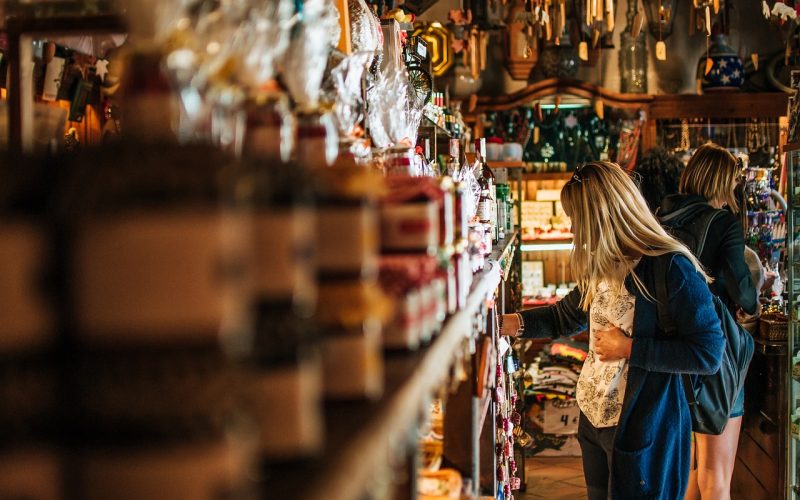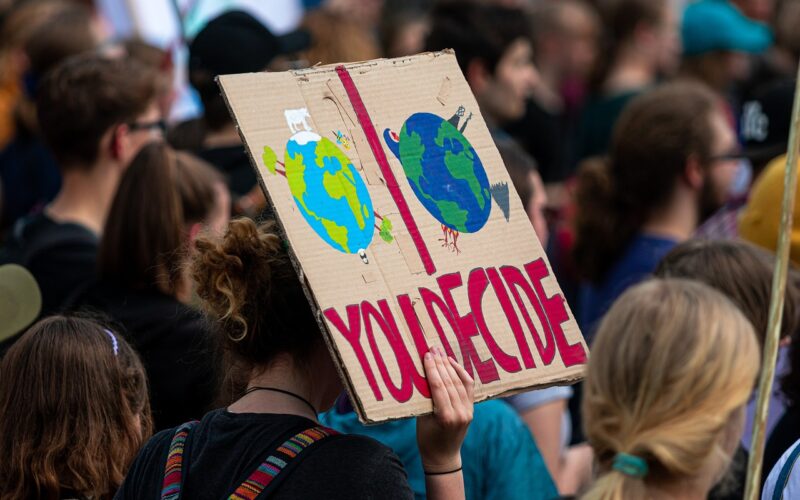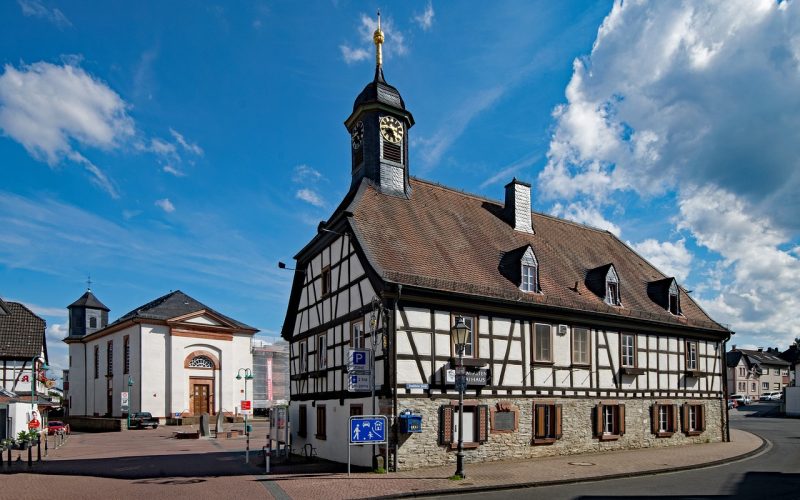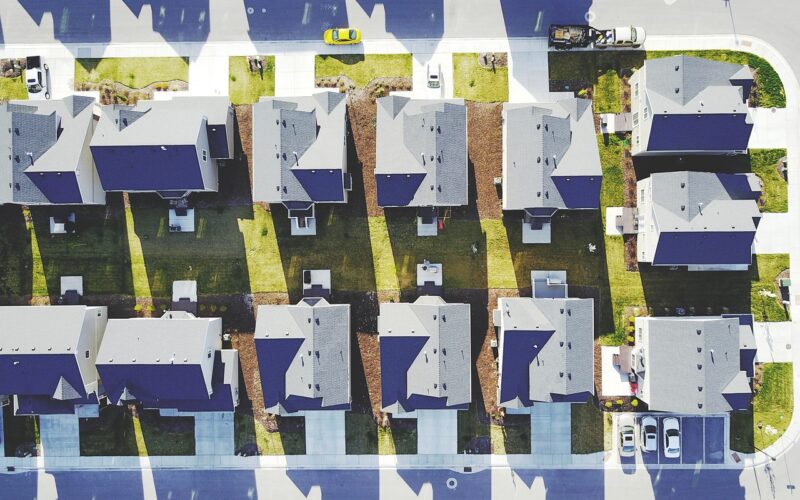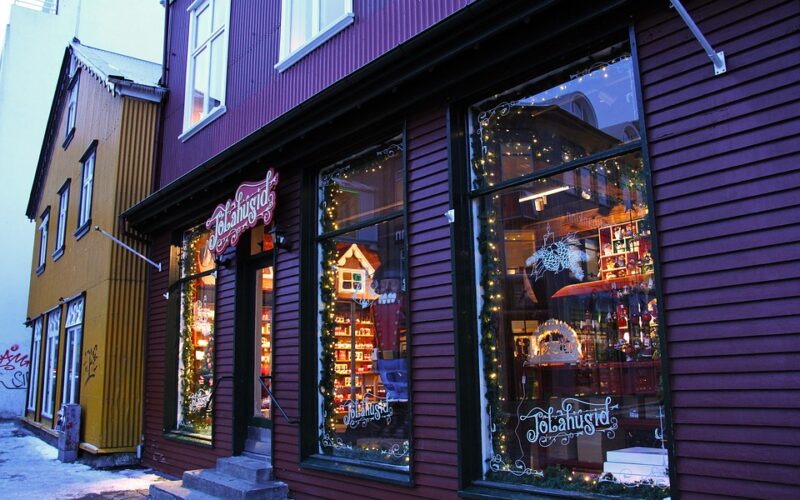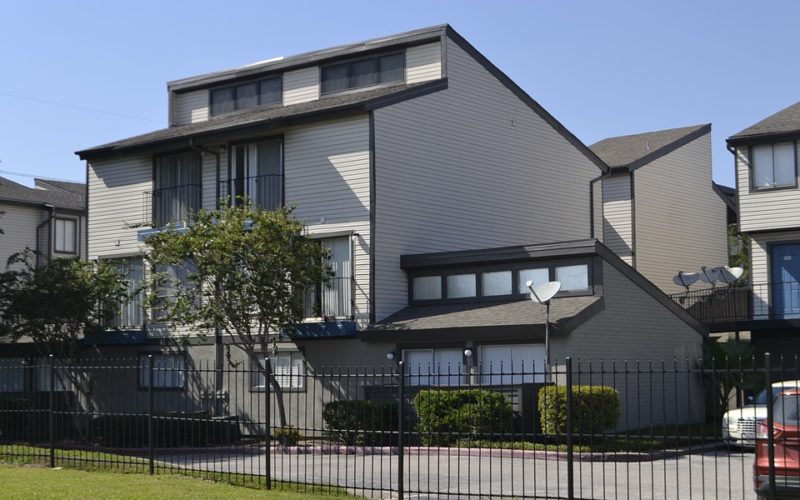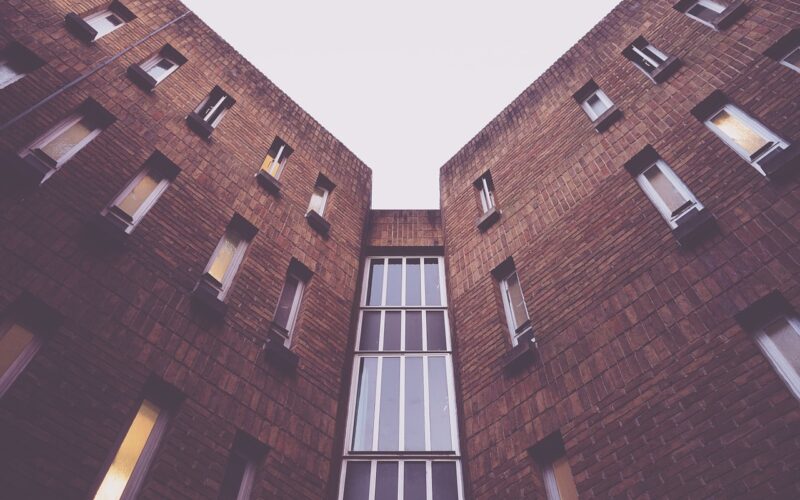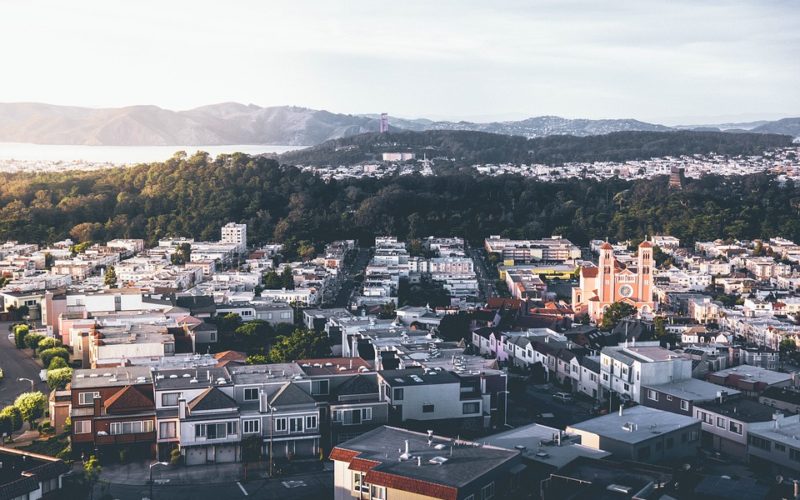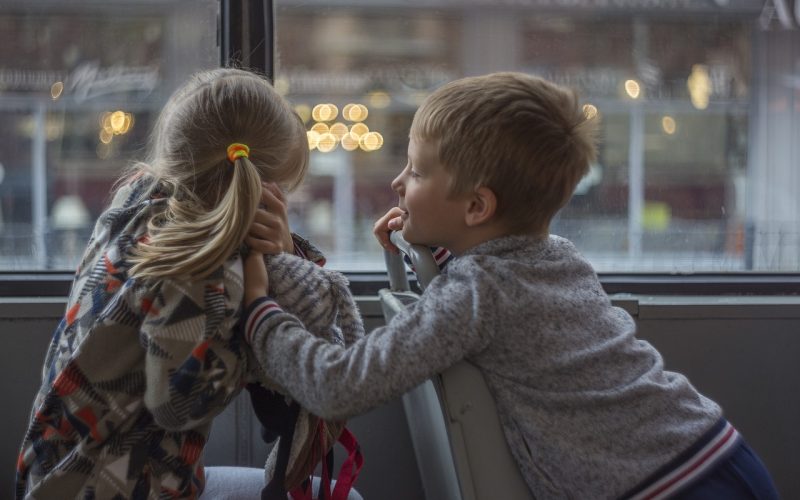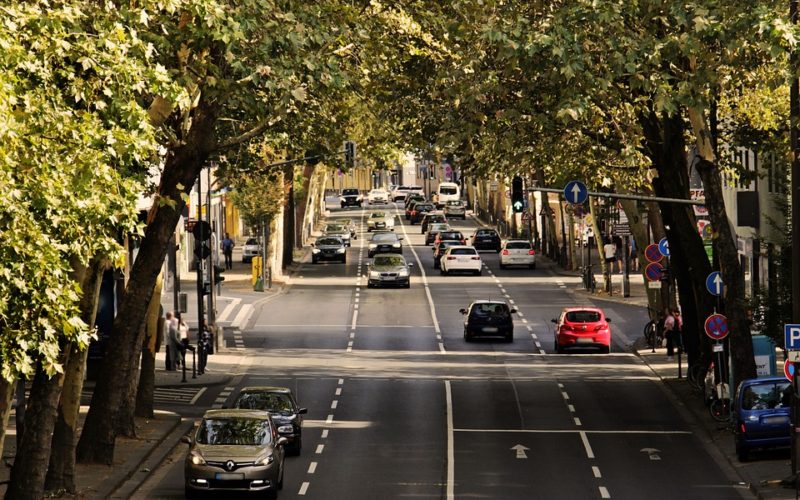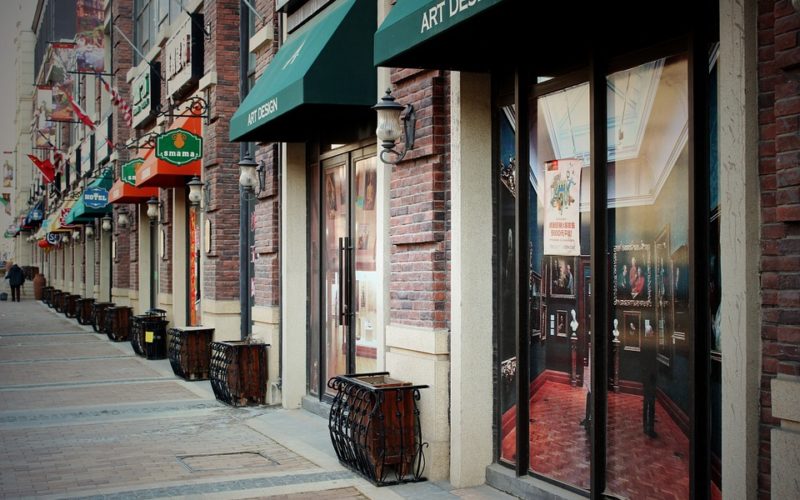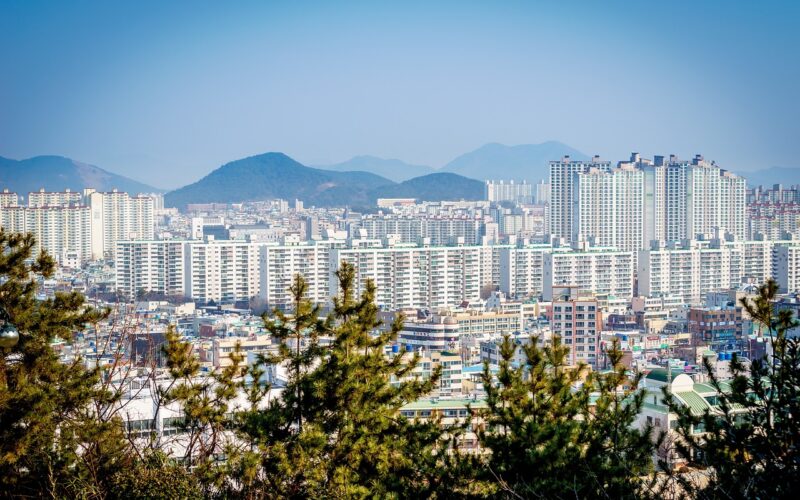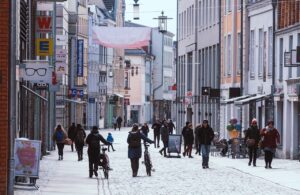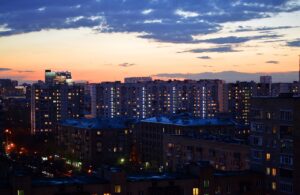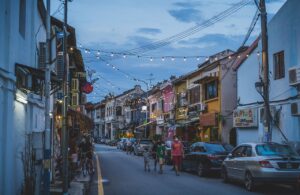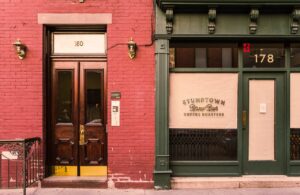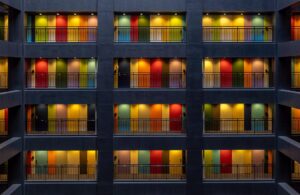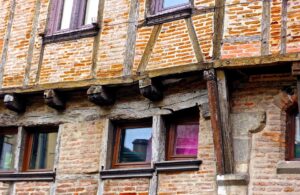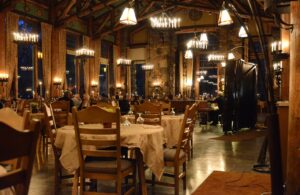The Mixed Impacts Of Gentrification
Gentrification has become a common phenomenon in urban areas, often perceived as a double-edged sword. It brings economic revitalisation and improved infrastructure, attracting new residents and businesses. However, it also poses significant challenges for long-time locals who face rising costs and cultural displacement. Understanding both sides of this transformation is crucial to grasp its full impact on neighbourhoods.
Economic revitalisation and new opportunities
For prospective movers, gentrification can be an appealing prospect. The influx of investment increases property values, resulting in upgraded housing and enhanced public services. New cafes, shops, and cultural venues spring up, creating a vibrant and attractive environment. This economic revitalisation often leads to improved safety and cleaner streets, further adding to the appeal of the area. For newcomers, gentrification equates to better living conditions and greater opportunities.
Cultural enrichment and diversity
Alongside infrastructural improvements, gentrification often introduces a diverse range of people into the neighbourhood, each contributing their unique cultural and social perspectives. This diversity can enrich the local culture, offering a broader array of cultural events, festivals, and community activities. For those moving into the area, these changes can provide a sense of excitement and novelty, as well as enhanced social connections and networking opportunities.
Rising costs and displacement
However, for long-standing residents, gentrification presents substantial challenges. One of the most pressing issues is the rise in property values and rent prices, which often outpace local income growth. This surge in costs can lead to the displacement of lower-income families who can no longer afford to live in their own neighbourhood. Long-time residents may find themselves forced to uproot and move to more affordable areas, often farther away from their jobs and community ties.
Loss of cultural identity
Gentrification can also result in the erosion of a neighbourhood's cultural identity. The arrival of new businesses and residents often leads to changes in the local character, with long-standing community institutions being replaced by trendier establishments. While these changes can bring about modernisation, they can also overshadow the history and culture that defined the area for decades. For locals, this shift can feel alienating, as the familiar faces and places that once characterised their home fade away.
Increased social tensions
The social fabric of a neighbourhood can be strained as gentrification progresses. The divide between new residents and long-time locals can create tensions, as differences in income levels, lifestyles, and cultural backgrounds become more pronounced. This social friction can lead to feelings of resentment and exclusion among original residents, who may perceive the newcomers as outsiders disrupting their community. Building a cohesive community amidst these dynamics can be challenging.
Balancing progress and preservation
The challenge lies in finding a balance between welcoming new development and preserving the community's core identity. Urban planners and policymakers must work collaboratively with local residents to ensure that development projects benefit both newcomers and long-standing residents. Measures like affordable housing initiatives, community engagement programmes, and policies that protect small businesses can help manage the negative effects of gentrification while retaining the cultural essence of the neighbourhood.
Gentrification is a complex and multifaceted process that brings both positive and negative outcomes. For those seeking to move into revitalised areas, it offers improved amenities, cultural diversity, and economic opportunities. However, for long-time locals, it can mean rising costs, cultural displacement, and social tensions. Finding solutions to support the coexistence of new and old residents is essential to creating inclusive and harmonious neighbourhoods that can thrive in the face of change.
